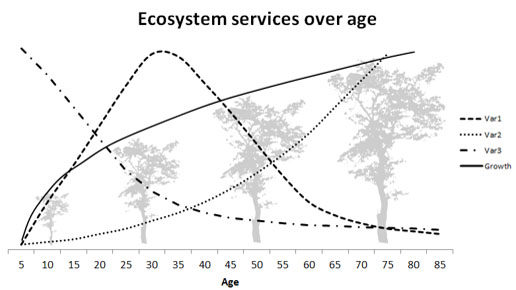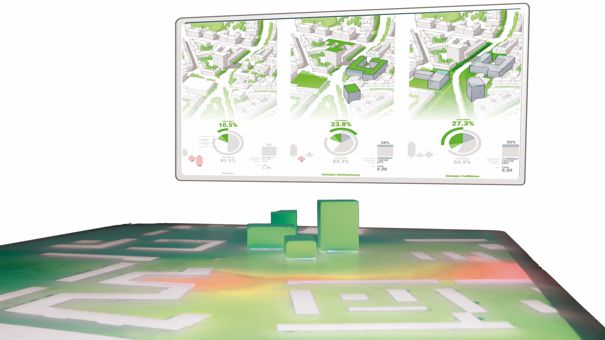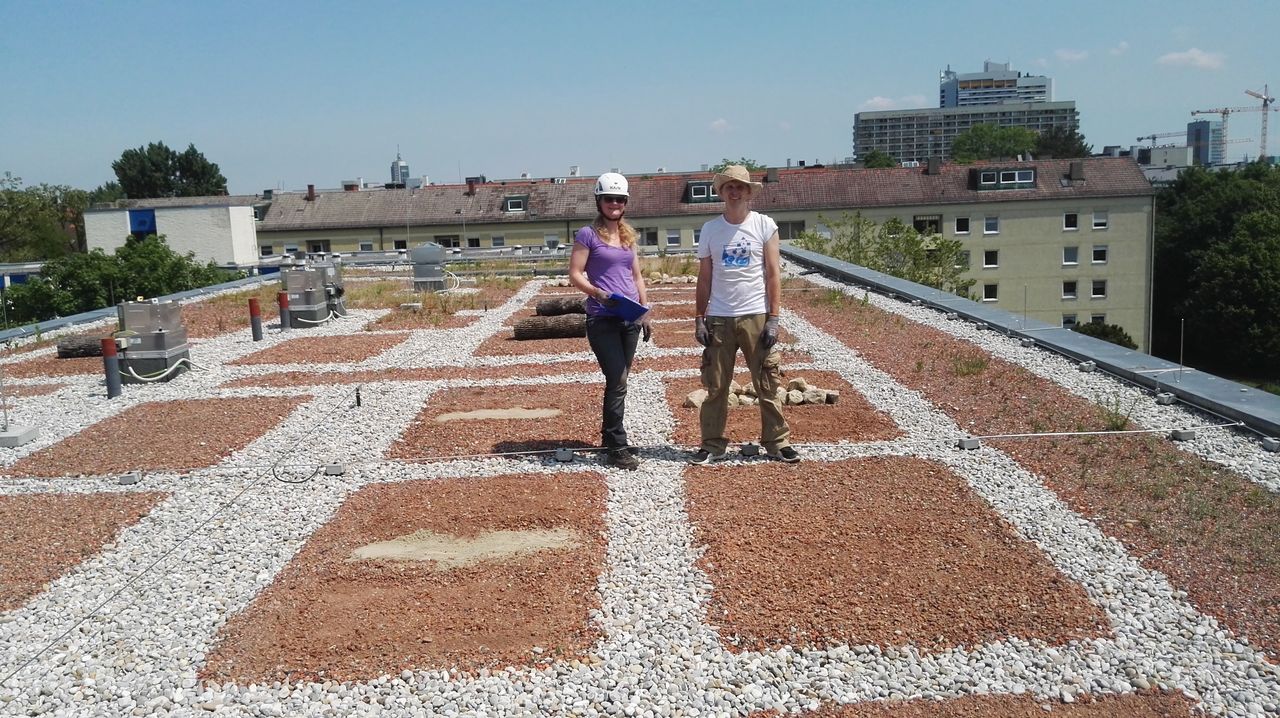Climate Protection and Green Infrastructures in the City
Climate protection with the help of green infrastructure: How can climate change be countered and the resilience of Bavarian cities in terms of climate change be improved? This is explored through case studies in city quarters and consideration of the interaction of ecosystem services, energy savings at the building and neighborhood level as well as renewable energies.
<<more>>
Application of the Animal-Aided Design Method
The function of cities as a retreat of many animal species is becoming even more important due to climate change. Animal-Aided Design deals with the creation of suitable retreats for species in the context of climate change-oriented planning. This is investigated using practical examples.
<<more>>
City Trees II - City Trees under Climate Change
City trees are an integral part of urban open space. Growth patterns, ecosystem services and the prospects of urban trees in times of climate change are the main issues dealt with in the City Trees II project.
<<more>>
100Places:M
How can public places look in the future? Due to the investigation of 100 public places in Munich and the analysis of the interacting effects of climate change and the heat island effect as well as design, use and appropriation of public places, this question will be examined within the framework of the project.
<<more>>
Non-resident and Native Urban Tree Species
Urban climate trees are characterized by high climatic stress tolerance and a higher vitality. The aim of the project is to compare non-resident urban climate trees with their native counterparts in terms of arthropod diversity and vulnerability to pest infestation.
<<more>>
Wuerzburg Climate Experience
Cities are characterized by a specific climate compared to their rural surroundings. Based on several sites within the city of Würzburg this project aims at uncovering in which way the climate of urban sites differs depending on urban greening (trees) and how urban trees change the climate of an urban site and vice versa. In this way, the relevance of trees for urban planning can be demonstrated.
<<more>>
Ecosystem Services of Urban Green
The design of public squares and city green is often driven by esthetics. However, climate change poses problems, the thermal comfort of humans is poor at sealed squares. With two modelling approaches, this project will analyse the ecosystem services of urban green and further quantifiy the effects of changes concerning climate and existing structures.
<<more>>
Redensification in the Context of Climate Change
Cities are most vulnerable to climate change. Redensification processes should be performed holistic, climate resilient and resource-conserving. With 3D-city models, simulation and visualisation methods will be developed, alleviating the evaluation of planning alternatives in municipal assessment processses.
<<more>>
Animal Aided Design III - Monitoring and Evaluation
Within the framework of a research project - Animal-Aided Design - a strategy for climate adaptation and biodiversity conservation was tested in Munich. In the current project a success control is explored, whether animals can be included by the method AAD in planning up to the realization and a contribution can be made to the adaptation of climate sensitive areas to the consequences of climate change.
<<more>>
Scientific accompanying research: "Climate friendly building - model project"

Climate protection plays an important role in today's building practice, guidelines contribute to the reduction of energy consumption and CO2 emissions of buildings. Climate adaptation, however, is hardly integrated into planning processes. This project is concerned with exploring the interactions and identifying synergies of planning measures to improve the micro- and macro-climate in cities (with buildings, green infrastructures) and strategies for rainwater and greywater harvesting.
<<more>>
Multifunctional infiltration swales in residential areas

Cities are currently experiencing above-average growth. In metropolitan areas, there is often a lot of redensification, development of new building areas and reduction of inner-city green spaces. Climate change is also increasing the frequency, duration and intensity of extreme weather events. This poses great challenges for stormwater management. Vegetated above-ground infiltration swales are considered promising for the natural management of stormwater runoff in urban areas.
<<more>>








